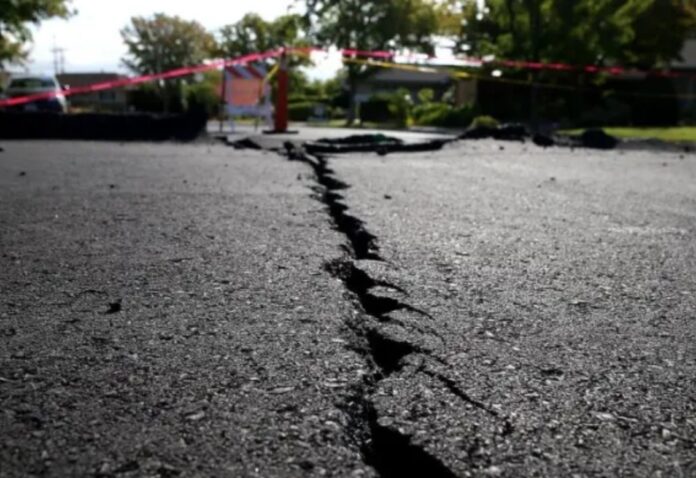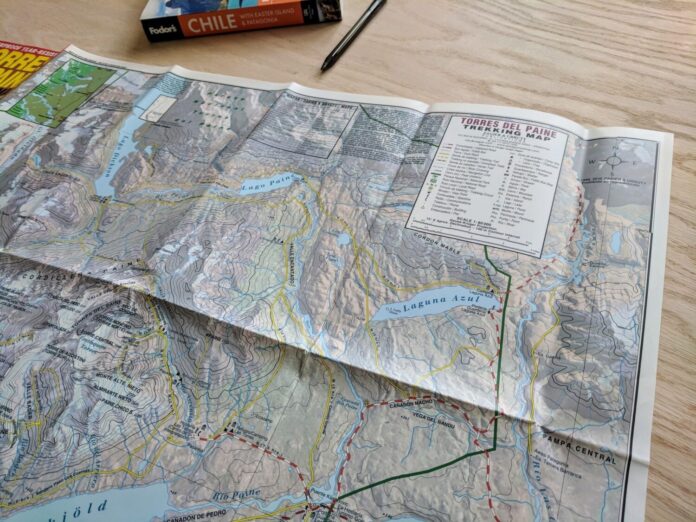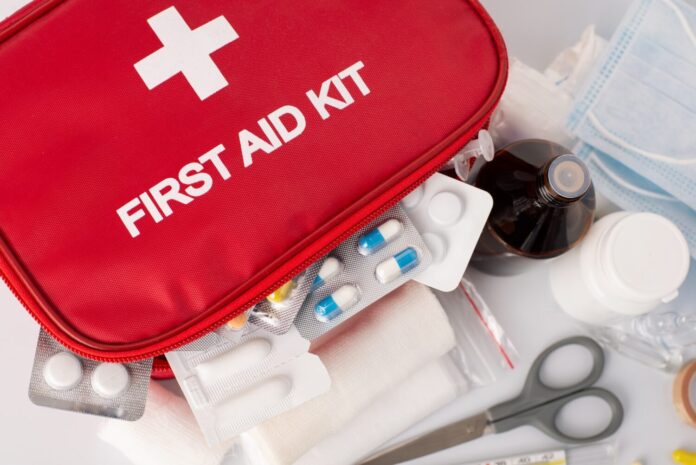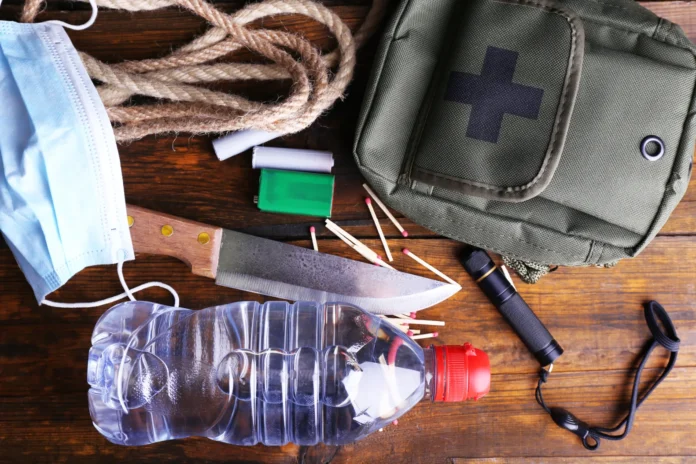During a crisis, you need the right survival gear. When choosing this gear, you need to consider several factors. Follow this guide to select versatile, lightweight gear that addresses fundamental human needs for warmth, shelter, water, food, navigation, and signaling.
Prioritize Your Needs Based on Likely Scenarios
Consider the types of situations you might realistically face based on your hobbies or where you live. Are blizzards, earthquakes, or floods likely risks? Do you venture into the remote wilderness alone? Determining your specific needs will help you select the most practical gear for your situation, rather than wasting money and adding unnecessary bulk. If getting lost while hiking is your major concern, carrying shelter and signaling devices should be your priority. In earthquake-prone areas, having a cache of food, water, and medical supplies takes precedence.

Choose Shelter Appropriate for the Climate
The climate and weather conditions should be a key factor when selecting an emergency shelter location. In cold climates, choosing a shelter that protects from the elements is crucial for survival. Insulated buildings or underground locations help retain heat. Having access to wood for fire, blankets, and warm clothing also becomes critical. Avoid shelters exposed to high winds or precipitation. Check out the selection at PreparedBee.com to see the options available for cold climates.
In hot, arid areas, shade and ventilation are most important. Seek out shelters not fully exposed to direct sunlight which reduces the risk of overheating and dehydration. Underground and covered locations work well if airflow is adequate. Proximity to water and having appropriate supplies are also vital in these conditions.
In tropical or coastal climates, the main priorities are finding shelter on higher ground protected from flooding and high winds. Reinforced concrete buildings can provide safety in hurricane-prone regions. Avoid shelters with large trees or powerlines nearby which pose falling hazard risks in storms. Shelter space per person may need adjustment depending on climate challenges too.
No matter the external conditions, the ability to communicate, sufficient food, medical items, and sanitation facilities should always be considered. Understanding the climate and weather patterns enables selecting emergency shelters best equipped for preserving safety and well-being until the disaster event has stabilized. The ideal shelter meets both environmental and human needs.
Have Adequate Water Filtration and Storage
Since dehydration is deadly within three days or less, carrying water and the means to make found water safe is imperative. Useful items include:
- Portable water filters that remove bacteria, viruses, and protozoan parasites from lakes, streams, or rainwater collected in tarps
- Collapsible water containers and water bags that make carrying ample water supplies realistic based on your expected time between water sources
- Water purification tablets as backup in case filters fail or to augment filtered supplies
- Metal containers and pots for boiling water to kill pathogens if no other means is available

Pack High-Calorie Emergency Rations
People exploring remote areas, military personnel, disaster relief workers, and those preparing emergency kits often carry high-calorie emergency rations. They might not be as tasty or varied as normal meals, but high-calorie emergency rations can quite literally be lifesavers in critical situations where access to food is extremely limited. Choosing options with long shelf lives is important when assembling emergency kits containing these rations. Look for dried fruits and jerky, hard candies, freeze-dried meals, high-fat nuts, and protein bars. Also include utensils, mini stoves, and solid fuel tablets to safely heat food and water. Rotate stock to keep it fresh.
Have Essential Navigation and Safety Tools
Carrying maps, compasses, GPS devices, and signaling tools provides critical redundancy in case you become lost or injured. Recommended options:
- Topographic/trail maps of areas you’ll be and a lensatic compass
- Emergency GPS beacons to ping search and rescue or GPS watches/devices
- Mirrors, signal whistles, flares, and brightly colored tarps for attracting attention
- Headlamp, flashlight, and glow sticks for navigating after dark
- Multitools, knife/hatchet, and fire starters for constructing shelters, clearing trails, and keeping warm

Don’t Forget Inclement Weather Gear
Having the right inclement weather gear is crucial when facing emergencies in extreme conditions. Whether dealing with intense storms, flooding, or frigid temperatures, proper clothing can help preserve body heat, provide protection, and even save lives. Waterproof and windproof outer layers are essentials, allowing emergency responders to continue operations despite heavy rain, snow, or hail. Insulated and layered jackets, pants, hats, gloves, and boots will guard against the threat of hypothermia when you are plunged into harsh winter environments. Footwear with rugged treads offers traction when you are traversing slippery terrain or flooded areas.
High visibility vests, headlamps, and gear allow teams to locate each other in low light or whiteout blizzard conditions. Emergency packs should contain extra gloves, socks, hand warmers, and other accessories to replace wet garments. Goggles safeguard eyes from blowing debris, tree branches, and icy shards whipped about in the winds. Scarves, face masks, and helmets protect exposed skin from frostbite and help prevent ingesting or inhaling smoke or toxic particles suspended in the air during fires or spills.
Having reliable communication devices throughout can enable coordination across response units. Overall, emergency responders depend on durable, insulating equipment to shield them as they battle the hazardous elements to provide aid and safety to communities in need. The right storm-proof gear makes all the difference when seconds and lives hang in the balance. You need the same protection in an emergency to remain safe.
Make a Customized First Aid and Tool Kit
Tailor first aid supplies to likely risks like burns, sprains, altitude sickness, or snake bites for your situation. Also, prepare repair kits for critical gear and survival how-to manuals on plant identification or orienteering. Customize the best tool kit you can comfortably carry for constructing shelters, gathering food, navigating, and making fires.

Technical gear can help endure many hardships, but staying calm under stress and knowing how to improvise and set priorities is what ultimately saves lives. Consider wilderness survival, first aid, and orientation courses that build critical knowledge. Most of all, avoid panic and keep confidence in your ability to stay warm, hydrated, and rested while help arrives. Possessing the fundamental gear in this guide will give you that vital sense of security.





![Calgary’s Hottest Neighborhoods for Luxury Homebuyers [2024]](https://thewashingtonote.com/wp-content/uploads/2024/04/Calgary-324x160.png)



